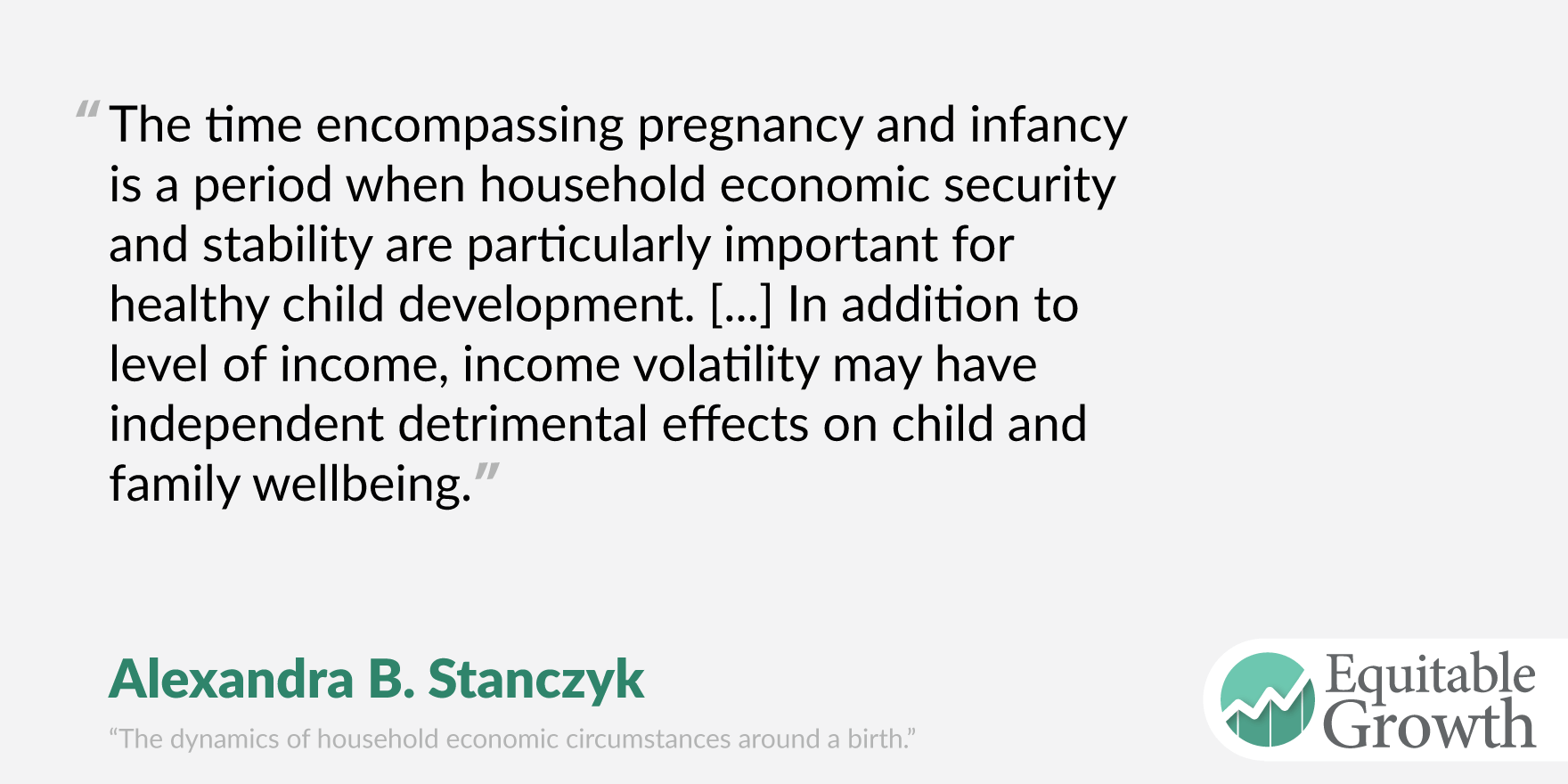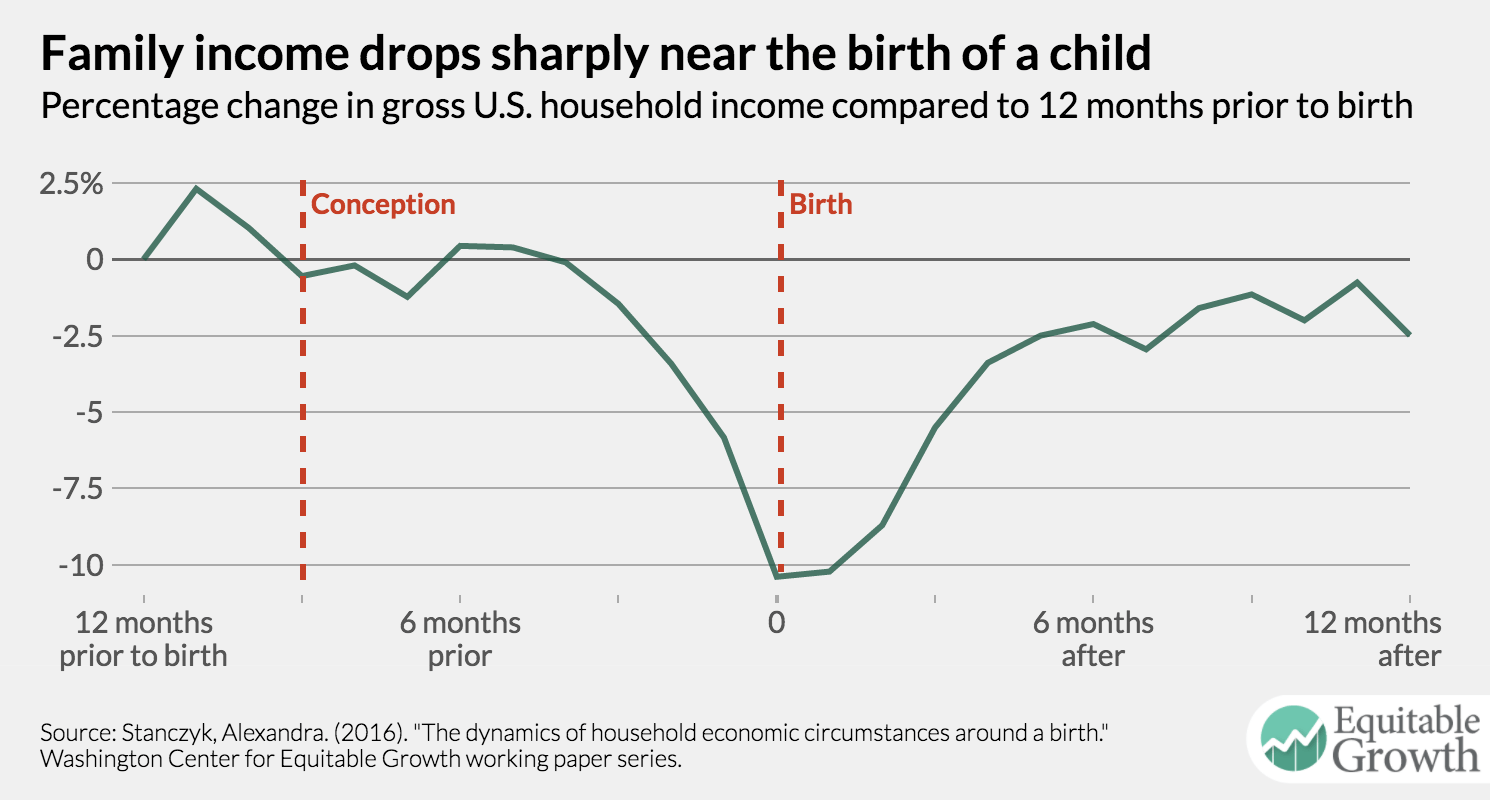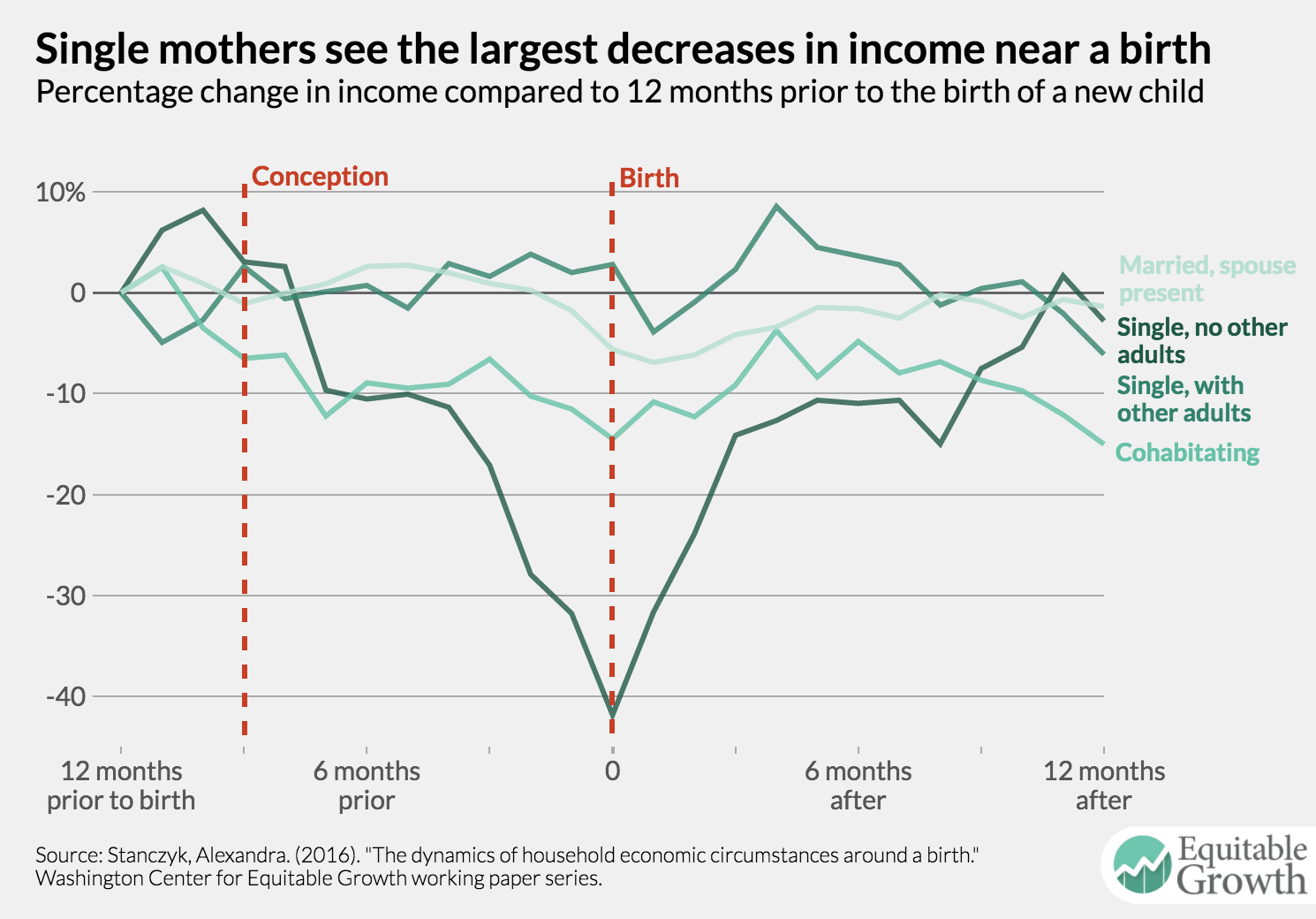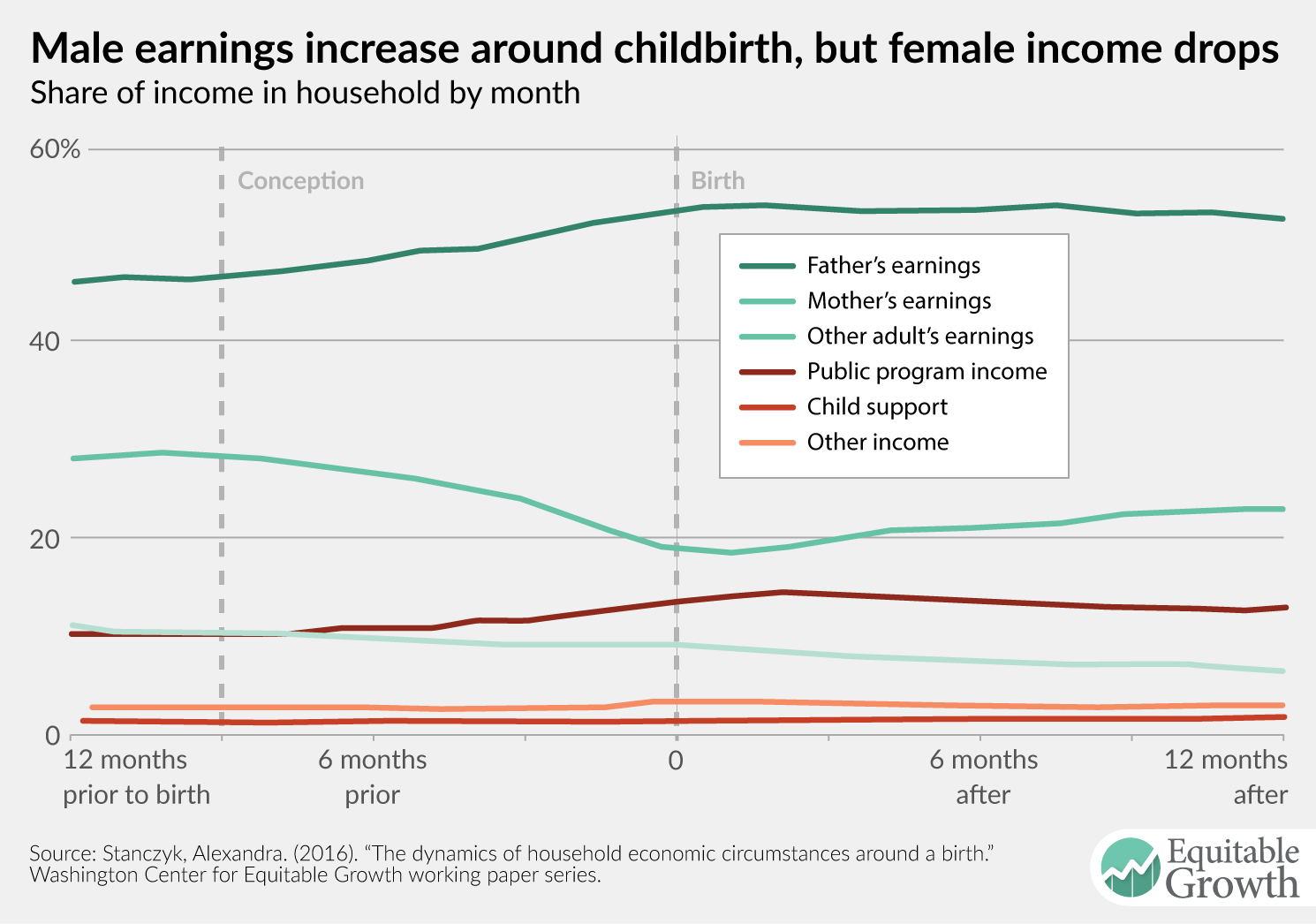Must-Read: More and more, it is sounding as though we are all Polanyiists now…
Mohamed A. El-Erian: Toxic Politics Versus Better Economics: “Advanced-country politicians are locked in bizarre, often toxic, conflicts…
…instead of acting on a growing economic consensus about how to escape a protracted period of low and unequal growth. This trend must be reversed, before it structurally cripples the advanced world and sweeps up the emerging economies, too…. Political infighting is nothing new. But, until recently, the expectation was that if professional economists achieved a technocratic consensus… political leaders would listen…. Incoming governments – particularly those led by non-traditional movements, which had risen to power on the back of domestic unease and frustration with mainstream parties – sometimes disagreed with the appropriateness and relevance…. But, as Brazilian President Luiz Inácio Lula da Silva demonstrated with his famous policy pivot in 2002, that consensus tended largely to prevail….
But after years of unusually sluggish and strikingly non-inclusive growth, the consensus is breaking down. Advanced-country citizens are frustrated with an “establishment” – including economic “experts,” mainstream political leaders, and dominant multinational companies – which they increasingly blame…. [The] Brexit vote… directly defied the broad economic consensus that remaining within the European Union was in Britain’s best interest…. At the recent Conservative Party annual conference, speeches by Prime Minister Theresa May and members of her cabinet revealed an intention to pursue a “hard Brexit,” thereby dismantling trading arrangements that have served the economy well. They also included attacks on “international elites” and criticism of Bank of England policies that were instrumental in stabilizing the British economy in the referendum’s immediate aftermath – thus giving May’s new government time to formulate a coherent Brexit strategy….
Make no mistake: solid and credible policy options are available…. As IMF Managing Director Christine Lagarde put it, “central banks cannot be the only game in town.” And yet they have been…. Countries need a more comprehensive policy approach, involving pro-growth structural reforms, more balanced demand management (including higher fiscal spending on infrastructure), and better cross-border policy coordination and architecture…. The emergence of a new consensus on these points is good news. But, in the current political environment, translating that consensus into action is likely to happen too slowly, at best…






